How to Increase ABV Using Non-Malt Adjuncts
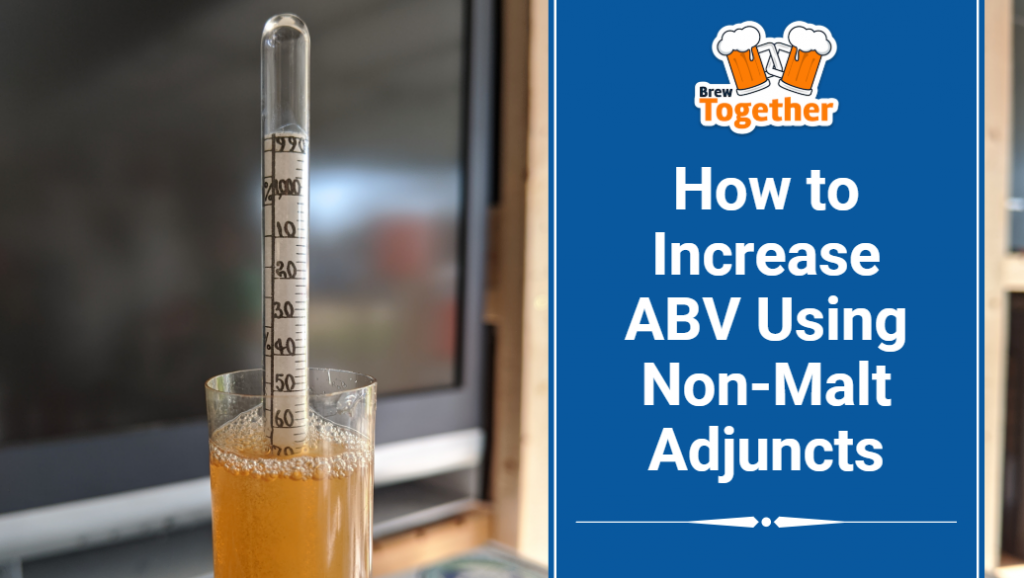



Have you ever found the perfect recipe, but just wanted a little more kick in the final product? Maybe the style is right and the flavor profile looks perfect, but the ABV is 1-2 percent lower than you wanted? While adding a larger grain bill to the brew seems like an obvious choice, this can drastically change your beer and may not have the desired result. So, before you start adjusting the recipe, consider using a fermentable non-malt adjunct to increase the ABV with minimal impacts on you beer. Essentially, the goal is to add more fermentable sugar with the lowest possible impact to the overall beer, or to impart unique flavors like honey or maple syrup.
How to Increase ABV with Sugar
- The formula for ABV is (OG – FG) x 131. Pure cane sugar yields 42 gravity points per pound per gallon and is 100 percent fermentable, so one pound of sugar in a 1-gallon batch would be (0.046 – 0.000) x 131 = 6.026% ABV per gallon. For a 5-gallon batch, that would be 1.2% ABV.
- determine what your desired ABV is and add sugar accordingly.
- 1lb of white sugar in a 5-gallon batch = 1.2% ABV
- 2lb of white sugar in a 5-gallon batch = 2.4% ABV
- 3lb of white sugar in a 5-gallon batch = 3.6% ABV
- 4lb of white sugar in a 5-gallon batch = 4.8% ABV
- 5lb of white sugar in a 5-gallon batch = 6% ABV
- 6lb of white sugar in a 5-gallon batch = 7.2% ABV
- 7lb of white sugar in a 5-gallon batch = 8.4% ABV
When adding sugar, make sure you don’t introduce any contaminants to your beer. You can boil the sugar in a small amount of water, cool, and add to the fermenter. You can add the sugar directly to the boil kettle toward the end of the boil, but we recommend letting primary fermentation get started for a couple of days before adding the simple sugar. Yeast can get lazy if it is introduced to simple sugar initially which can cause fermentation problems when the yeast is eating the malt-based sugars.
Several types of sugar can be used to increase ABV, however it is easiest to stick with simple sugars like dextrose that can be easily consumed by the yeast. More complex sugars like sucrose (refined white cane sugar, for example) can be used as well, but they require the yeast to break them down before converting them to alcohol, which takes longer and may produce undesired effects on the beer.
One important thing to note is that you can easily overdo it when increasing ABV by adding sugar. A good rule of thumb is to keep the use of non-malt adjuncts limited to less than 20-30% of the total fermentable sugar in the beer it will begin to have a stronger impact. In my opinion, that is probably too high. I wouldn’t recommend trying to increase ABV by more than 1-2% without re-working the entire recipe to have a higher ABV. Also, make sure that the yeast you are planning to use is able to ferment to the ABV you are trying to achieve, or you will have leftover sugar in the beer which will have a substantial impact on the body and flavor. As you increase ABV you will put increased strain on your yeast, so consider adding yeast nutrient to extend the life of your yeast to achieve a higher ABV.
Adjunts for Increasing ABV
Below you’ll find a chart with several adjuncts, their impacts on ABV by amount, and any flavor/aroma/body/mouthfeel characteristics they may impart. Keep in mind that these numbers are guidelines and that actual ABV will vary based on several factors, so always check gravity readings and experiment. It is difficult to accurately measure powders by volume, so we recommend using weight. If you don’t have a kitchen scale in your brewing equipment arsenal, we highly recommend adding one – they’re very cheap and will help improve your brewing process.
| Adjunct | Addition to Add 1% ABV to a 5-Gallon Batch | Color Impact | Flavor Impact | Body Impact |
|---|---|---|---|---|
| Dry Malt Extract (DME) | Approx. 1.5 – 2lb | Darkens (Depends on the Type of DME) | Bitterness Reduction Sweeter Malt Flavor | Increased Body |
| Liquid Malt Extract (LME) | Approx. 1.2 – 2lb | Darkens (Depends on the Type of LME) | Bitterness Reduction Sweeter Malt Flavor | Increased Body |
| Brewers Crystals | Approx. 1.3 -1.5lb | Minimal Change | Minimal Change | Minimal Change |
| Corn Sugar | Approx. 1.1lb | Slightly Lightens | Increased Bitterness Increased Dryness | Decreased Body |
| White Cane Sugar | Approx. 1lb | Slightly Lightens | Increased Bitterness Increased Dryness | Decreased Body |
| Brown Sugar | Approx. 1lb | Slightly Darkens | Slight Rum/Molasses/Caramel Flavor Increased Sweetness | Decreased Body |
| Honey | Approx. 1.5lb | Minimal Change | Adds Bright/Floral Flavors Depending on Type Increased Dryness Dry White Wine Flavor | Decreased Body |
| Maple Syrup | Approx. 1.75lb | Slightly Darkens | Maple Syrup Flavor | Decreased Body |
Remember, these numbers are approximate and your results may vary depending on several variables.
If you’re planning on adding ABV to a non-beer brew, like our Hard Seltzer or Hard Lemonade recipes, use a neutral fermentable sugar like Corn Sugar or White Cane Sugar for the lowest flavor impact.
Thanks for Reading!
Have you used other adjuncts to increase your ABV and have any tips to share? Do you have other questions about increasing ABV for the BrewTogether Community? Leave a comment below or post in the forums!
Thank you for reading! If you like this article, it would mean the world to us if you would share it with your friends using the social media share buttons below.
If you’re not a member of BrewTogether, we’d love for you to join! BrewTogether is completely free, and signing up is easy! Click here to join!
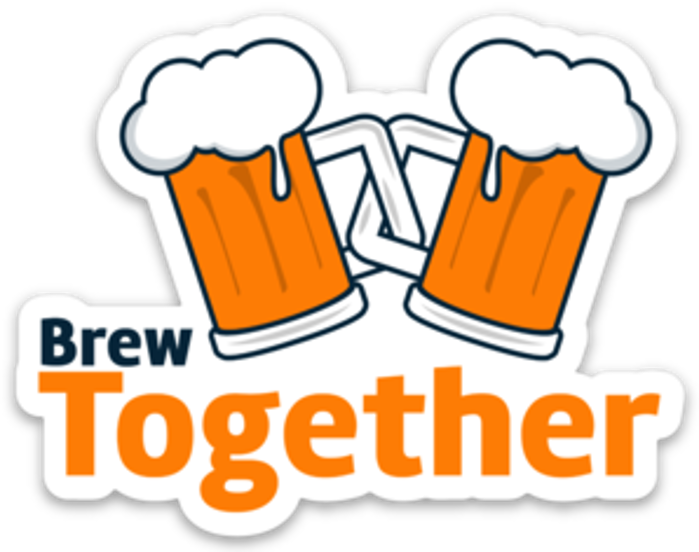
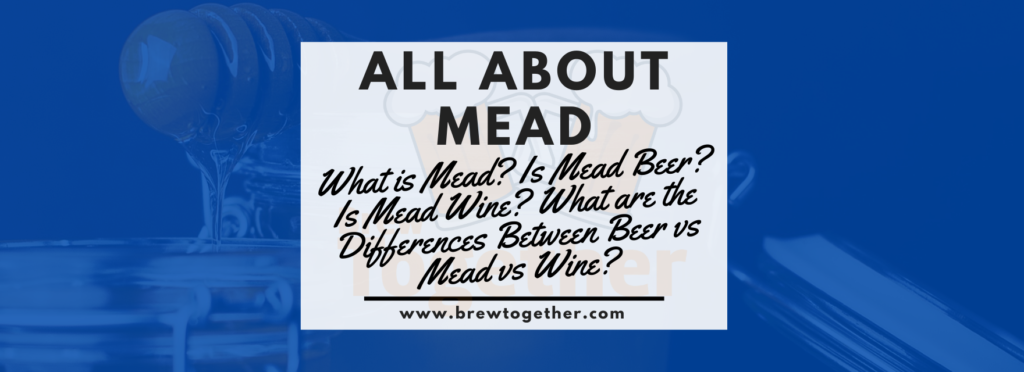
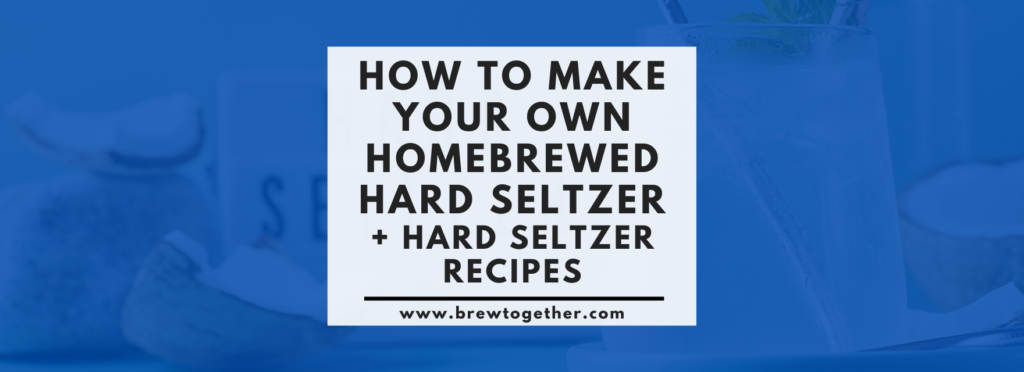


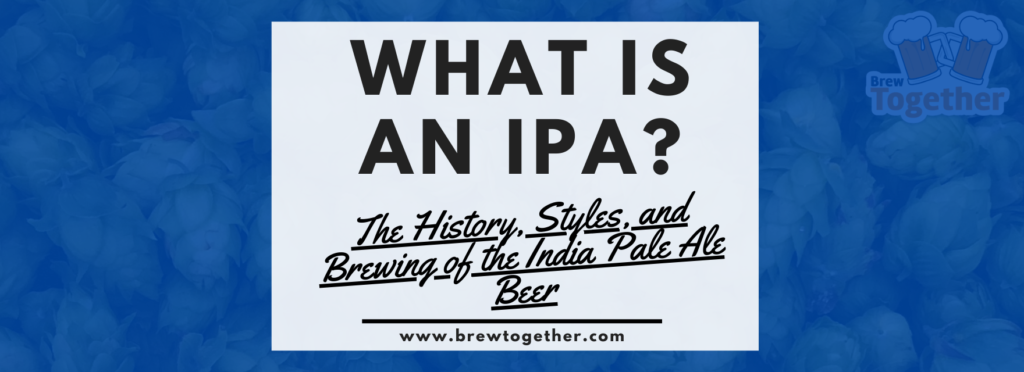
This is great! I have used plain sugar to increase the ABV of a couple of beers now and it has worked really well. Just don’t overdo it or you end up with some alcohol “hotness” that isn’t super pleasant. If you increase more than 1-2% you’ll notice it thins out the body too. But it definitely works!
Awesome, Arthur! Let us know if you have any other tips/tricks to share either in the forums or as a comment here! Thanks again!